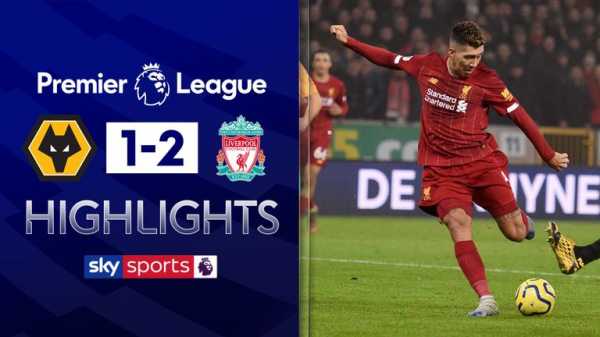
3:00 FREE TO WATCH: Highlights from Liverpool’s win against Wolves
“It is a culture,” Gronnemark explains. “Football started, what, 140 years ago. I am 44 and for as long as I can remember nobody has talked about throw-ins. You can watch a match on your TV and a team will lose a ball from a throw-in, and that happens a lot for most teams, and the commentators don’t say anything at all. You watch them. They don’t say a word.
“Then if the same player loses the ball seconds later when passing it with his feet, they will say: ‘Ooh, that was a bad pass.’ When he does it twice, they will say that he’s not having a good game. If he does it three times then they will say that he doesn’t belong in the team. That’s just football culture. From my point of view, it is totally weird.”
“I know I am being a bit subjective here, but the teams that I am coaching, I don’t see that throw-in quality anywhere else,” he says. “There has been a little bit of improvement. I say a little bit because it’s not much. There are teams who are really bad and teams who are either just bad or ordinary. These are clubs in the Premier League with billions of pounds.”
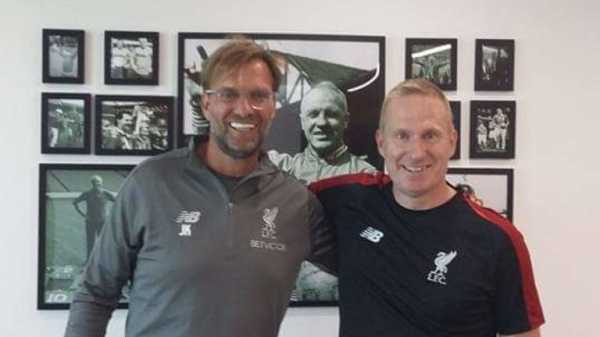
Luckily for Gronnemark, having money and being willing to embrace new ideas are not mutually exclusive. Klopp proved that when he picked up the phone and made the call.
Gronnemark freely admits that some of those who seek his advice are desperate. “The clubs that are really in trouble,” he says. The clubs that have tried everything else.
But it feels even more significant that when an article with Gronnemark appeared in the German press two years ago, Liverpool and RB Leipzig were among the first two clubs to contact him. In addition to FC Midtjylland, the Danish side famed for their stats-based approach, he now works with Ajax, another so often at the vanguard of innovation.
All four clubs currently top their respective leagues.
“They get in touch because they are innovative and they are open-minded. They are clubs that are always thinking of new ways to improve and they are willing to give things time.”
This healthy curiosity, this awareness that progress comes about by appreciating what you don’t know as well as what you do, was the catalyst that started his journey with Liverpool.
“It was the same thing that Jurgen Klopp said to me when he called me in July 2018,” says Gronnemark. “He said to me: ‘We had a good season in 2017/18. Fourth in the Premier League and a Champions League final. But we lost the ball all the time from throw-ins.'”
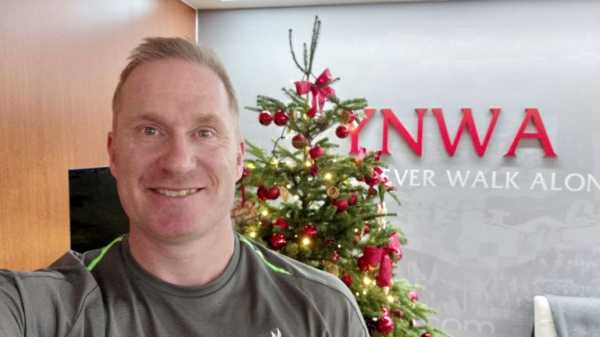
That conversation changed his life. Soon after, Klopp was asked about the introduction and famously replied: “When I heard about Thomas Gronnemark, it was clear to me I wanted to meet him. When I met him, it was 100 per cent clear I wanted to employ him.”
It is not just that Gronnemark’s profile was raised – if Liverpool want to know, everybody wants to know, and that’s rather helpful when working on a freelance basis. It is that working with Liverpool changed the nature of his work too. The focus shifted.
“A lot of people think that my work is just about long throw-ins,” Gronnemark explains. “Of course it is about long throw-ins. I can coach that too. FC Midtjylland scored 35 goals in four seasons that way. You can do that if you have the right team. But what I found is that teams only wanted my knowledge on the long throws. You could measure that.
“My big breakthrough came when Jurgen Klopp called me. This year I am coaching eight different professional teams around the world, spending most of my time with Liverpool and Ajax. But I can say that if Jurgen had not called me I would still be a little bit frustrated as a throw-in coach because all the teams just wanted the long throw-ins.
“With Liverpool and Ajax, the long throw-ins are not their style so I am also focusing on the fast and clever throw-ins that I first started working on in around 2007. That is all about possession. How can we keep possession when we are taking a throw-in under pressure? How can we create chances and score goals from those throw-in situations?”
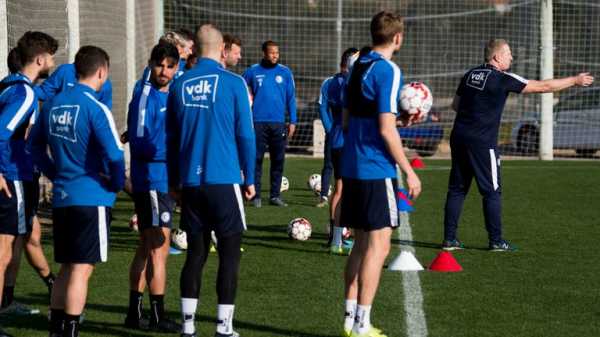
Put it that way and it is obvious why throw-ins are worth working on. Ball retention has never been so important. The transitions after possession is lost have never been so important. Finding ways to keep that ball better can make a big difference.
It just means forgetting everything you thought you knew.
“People have always been told to throw the ball down the line. It does not matter whether it is a professional club, an amateur club or when you were a kid at school. What I would just say is that it is the worst advice that anyone can give you for a throw-in.
“Normally, we call them 50-50 situations because they are duel situations but they should be called 30-70 or 20-80 situations because there is a really big risk that if you are just throwing it down the line then you are going to lose the ball.
“Some might say that it is better to lose it 30 yards down the line than to lose it here. That’s right. But you have the ball. Why not try to keep it or create a chance from this situation?”
That’s exactly what Liverpool are now doing.
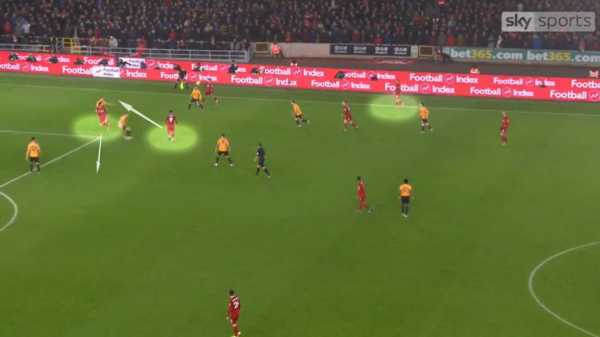
“There was an unattached analysis on the net in September 2019. It was not my numbers or Liverpool’s numbers. A person looked at the throw-ins when there was pressure with the marking in all the big clubs in Europe and he found that in the 2017/18 season, Liverpool retained possession 45.4 per cent of the time when they had a throw-in under pressure.
“In my first season with the club, that improved to 68.4 per cent. We went from third last from throw-ins under pressure to number one. You can say it is pretty simple, it’s just a throw-in. But if you have the ball, you can create a chance, score a goal, or just keep possession and maintain control. If you lose the ball, that is when you have a problem.”
Could it be a coincidence that Liverpool are keeping the ball so much better from throw-ins? There is one rather big clue that it is not. What is the name of the only team in Europe that kept the ball better than they did last season? FC Midtjylland.
The change is dramatic but even the man himself doesn’t think it is all down to him. “It is a combination of things. It’s not me coming in and putting my ideas into a football club, it’s about integrating those principles into the club’s playing style. I am not going to Liverpool and telling them how to play or how to press. I do my best to integrate.”
It is why, in one sense if no other, Gronnemark is inclined to agree with Nicol. The Scot was emphatic in his view that when Alexander-Arnold had the ball he ‘saw what was on and did it’ – he was not implementing the training-ground instructions of a throw-in coach.
But that is exactly what Gronnemark wants the players to do.
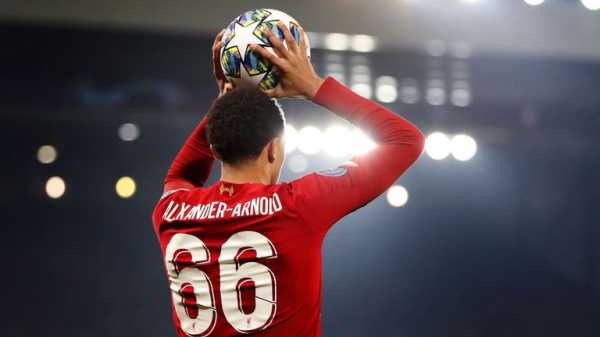
“Some people think that my coaching is like an NFL playbook,” he says. “Now we do this, now we do that. Yes, you can do that sometimes. We have some special things we do. But a lot of the time it is about giving the players options and then they have to make a decision.
“I am working with them on approximately 20 different throw-ins. We have different assignments for different players and you don’t learn that in a week. It’s a process. I work with the players but the players are working with the coaches when I am not there too.
“One of the biggest thing I can see is that while we have the principles, the players have been making some adjustments themselves where they are using those principles and being creative themselves. That is my greatest joy when the players do something themselves.”
- Klopp laughs off ‘Inevitables’ tag
- Liverpool stars dominate rankings
Gronnemark has needed thick skin over the years, particularly of late. But seeing his ideas embraced by those who matter, witnessing the impact of his work, is vindication for all the effort that he has put in. He admits that it took time for him to come to terms with it all.
“I don’t know if you have the phrase in England but in Denmark we say that we are pinching our own arms. It is a little bit like that. Is this real? It is like a dream to be working with the biggest teams in the world and being a small part of the success at Liverpool.
“I think we have all had that feeling the next day when you wake up and wonder whether it was a dream. I felt that way for each of the first 14 days at Liverpool. Every day was a dream and every day I realised it was real. It really messed with my brain. It is totally wild.”
- When can Liverpool win the title?
- Latest Liverpool transfer rumours
But the work is not finished. Much like Klopp’s own mantra of late, there is still room for improvement. Gronnemark insists that Liverpool’s throw-ins can still get better.
“We are working all the time,” he adds. “It is not just the technique. It is not just how to throw fast but when to throw fast. Like every other part of the game, you have to keep working on it. You would never say that, OK, you have been coached on that for 18 months, you can stop now. Of course, you don’t stop. It’s the same with the throw-ins.
“I could work for the next decade at Liverpool and you would still see improvements.”
Gronnemark wishes for more than that, however. He hopes that there will be a time when throw-ins are not seen by some as a joke. He wants to improve Liverpool. But he won’t stop there.
“Just from an entertainment point of view, you don’t want teams to lose it every time they have the ball at their feet,” he says. “It is the same for a throw-in. My goal is not only to make the clubs I am working with better but to make football better in general.
“There are such big margins for improvement. Two years from now I think we will see much better throw-ins and, hopefully, we will enjoy throw-ins more. I am totally sure that in time it will not only be players and coaches enjoying throw-ins more but fans too.”
And with that, Gronnemark returns to work. He has throw-ins to analyse.
Sourse: skysports.com






